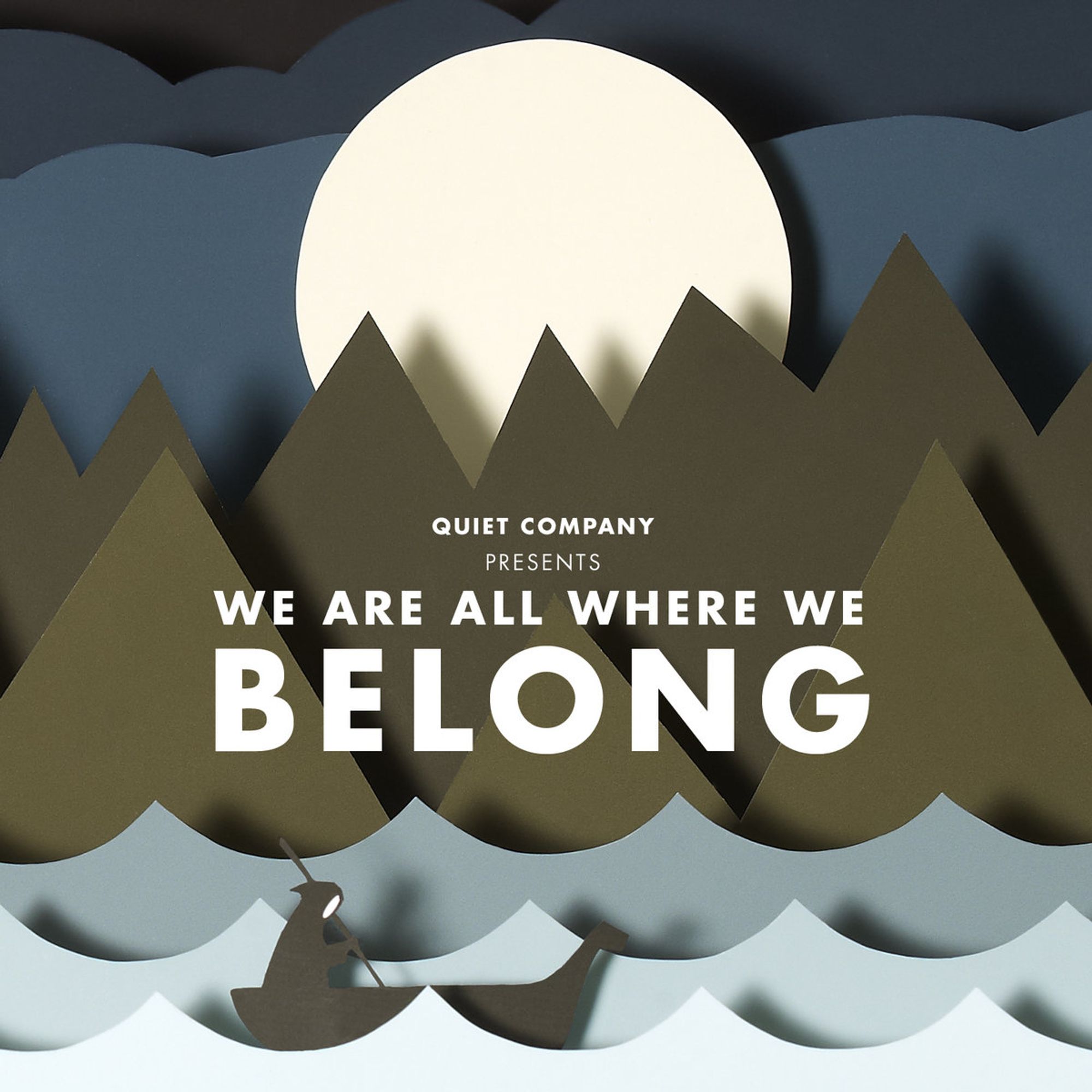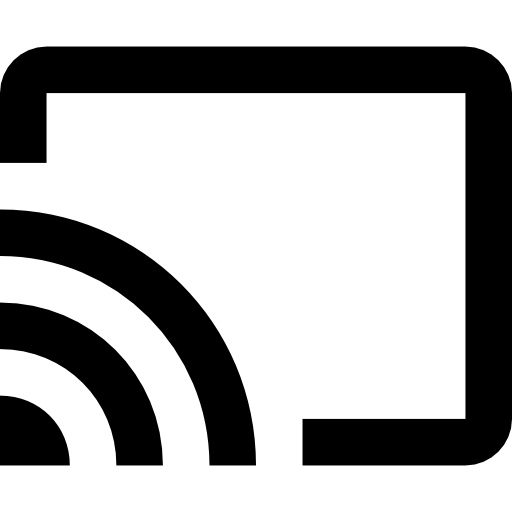
Streaming for everyone
One place for your music
Grooveshark was a web-based music streaming service originally built on Flash, and available on Android, Desktop, and mobile web.
Users could upload, stream, share, and organize all their favorite music and greatest hits.

My contributions
A modern web app
Along with the large frontend team, I helped maintain the single-page web app. We used several web frameworks and development strategies to deliver regular releases to our huge, active user base.
Beyond the core codebase, I was responsible for several projects focused on emerging technology, like Chromecast and Leap Motion.
Bringing Grooveshark to Chromecast

A new way to stream
Chromecast created a new paradigm for web apps, not just for end users, but for developers working with these new frameworks to stream content.
I was tasked with adding Chromecast support directly to Grooveshark. Because of the unique hardware restrictions, there were entirely new best practices I had to discover on my own.

Grooveshark's New Chromecast Feature Is Disabled By Google After The RIAA Cries Foul

Remember Grooveshark? It's OK if you don't - after all, the controversial music sharing app hasn't been available on the Play Store for more than two years after it made its amazingly brief debut. But users can still get the app as an APK download on Grooveshark's site, and last month they were thrilled to find that it supported Google's Chromecast streaming gadget. Until today, when Google unceremoniously blocked it from accessing Chromecast features... reportedly at the request of the RIAA.
Yes, the Recording Industry Association of America is still alive and kicking, serving as the real-world embodiment of John Lithgow in Footloose. The RIAA has objected to Grooveshark's business model for years, because it allows users access to streaming music verified by scanning ID3 tags as well as manual uploads. Subscription users can also stream songs and playlists from the libraries of other users, a huge sticking point for the RIAA and similar organizations in the Americas and Europe. Despite the fact that Grooveshark pays licensing for its music, the record labels have managed to get Grooveshark pulled from both Google Play and the iTunes App Store, and one label is trying to get it blocked entirely in the UK.

Grooveshark brings its music streaming service to the Google Chromecast
Google’s Chromecast has become an important stop for companies in the content streaming space. Music service Grooveshark is the latest to announce support for the HDMI dongle, which enables its paying users to stream content to a TV from desktop or mobile devices.
On the one-year anniversary of its launch, Google revealed that Chromecast users had “hit the cast button more than 400 million times” — that’s the kind of engagement that Grooveshark says prompted this move.
Grooveshark says its users spend on average 90 minutes with its service per session, with multiple visits per month. That’s a new metric we’ve not heard before.
The development was well received, with Hypebot wondering if Google welcoming Grooveshark back amounted to redemption for the US-based streaming company.
3rd party solutions
On the business development team, I helped implement the solutions our partnerships needed.
I expanded our Paypal integration with promo codes and discounts. And integrated the Leap Motion SDK, giving our users easy access to VR gestures.
Our team also developed the Desktop app, using the early frameworks that became Github's Electron.












